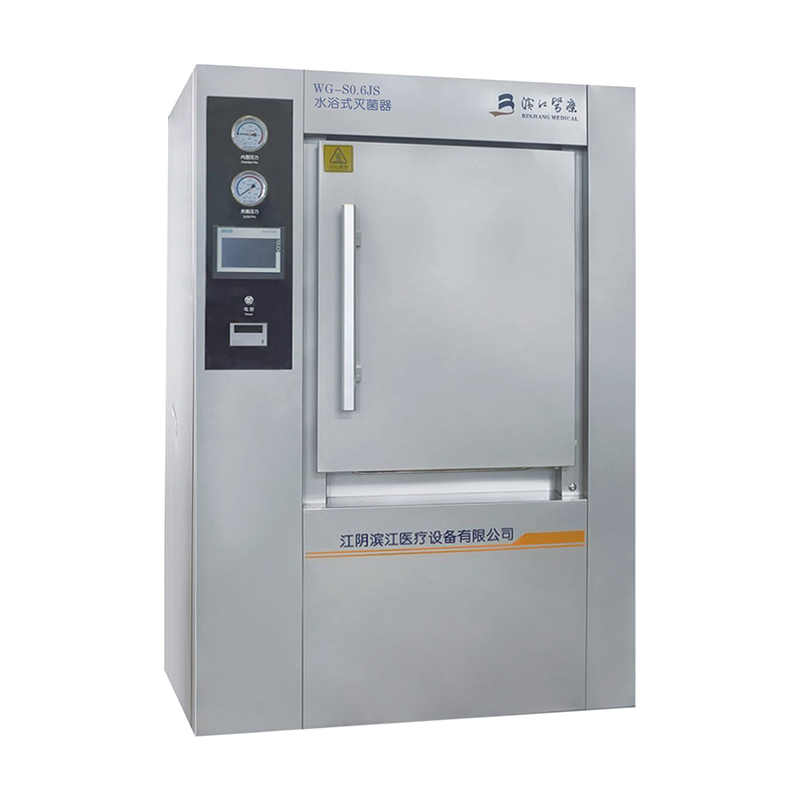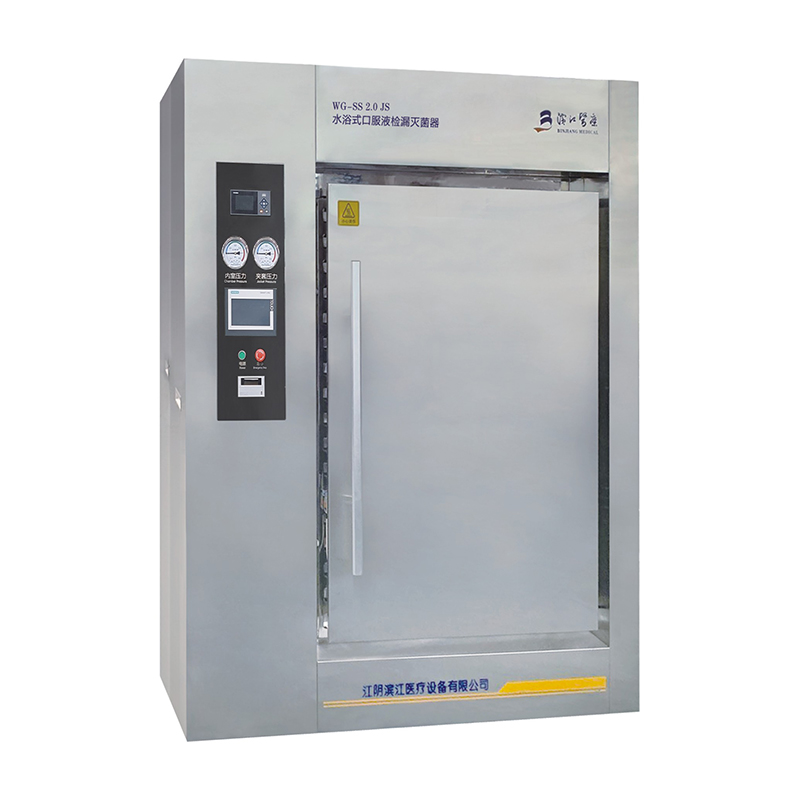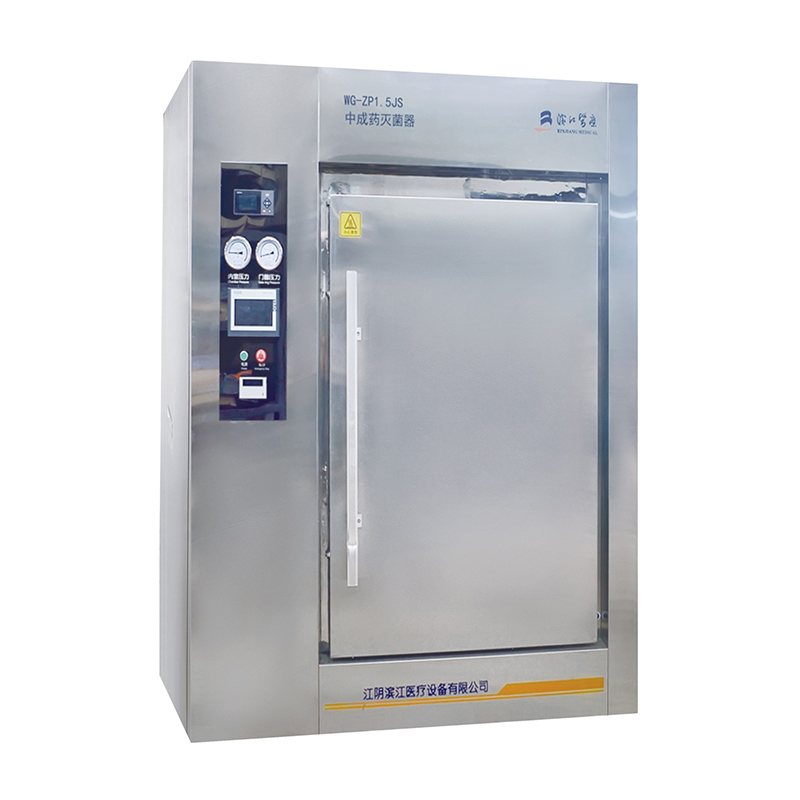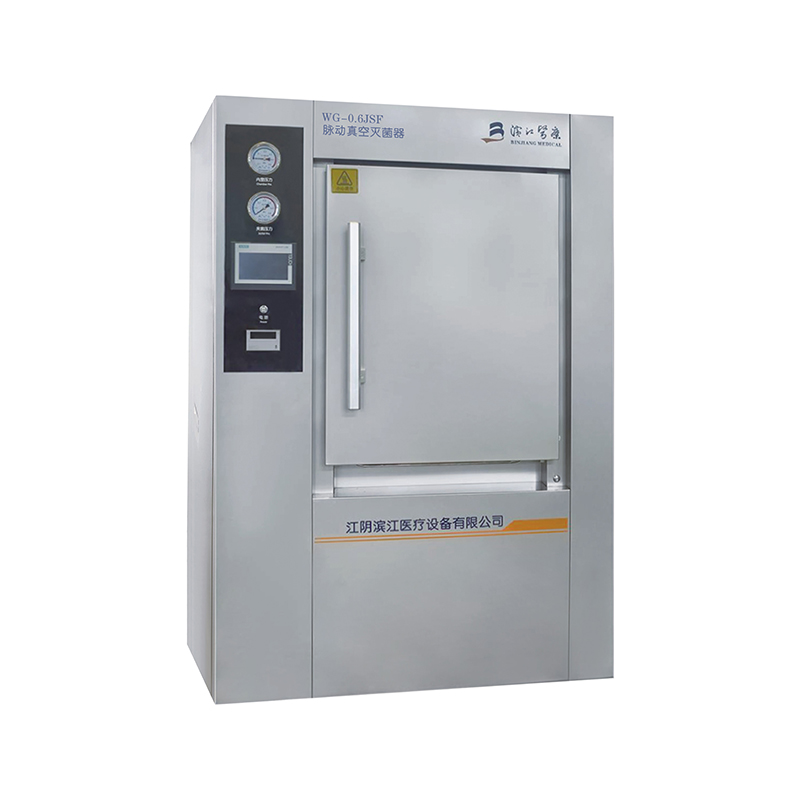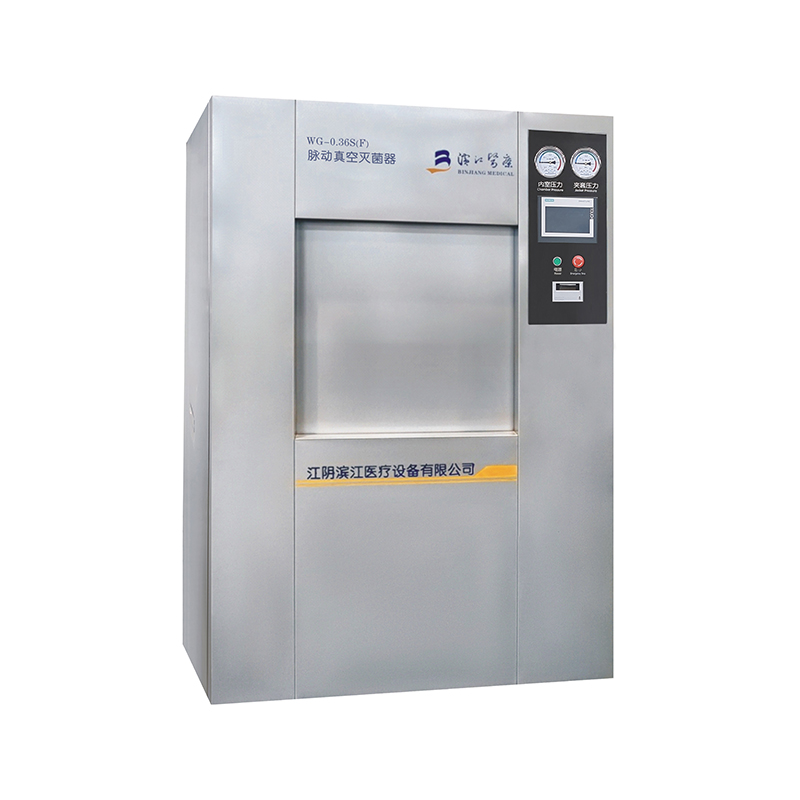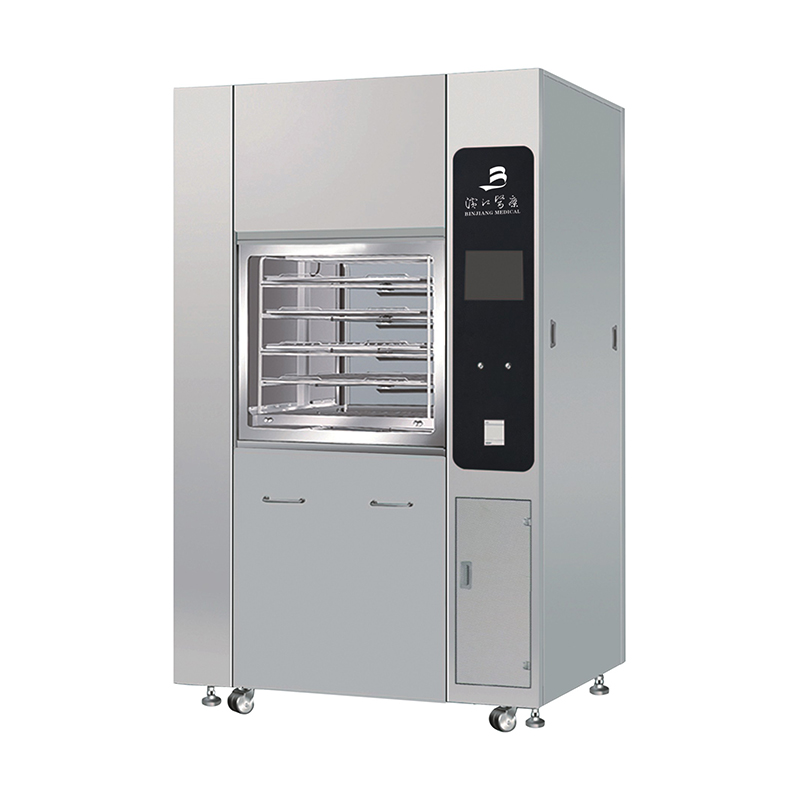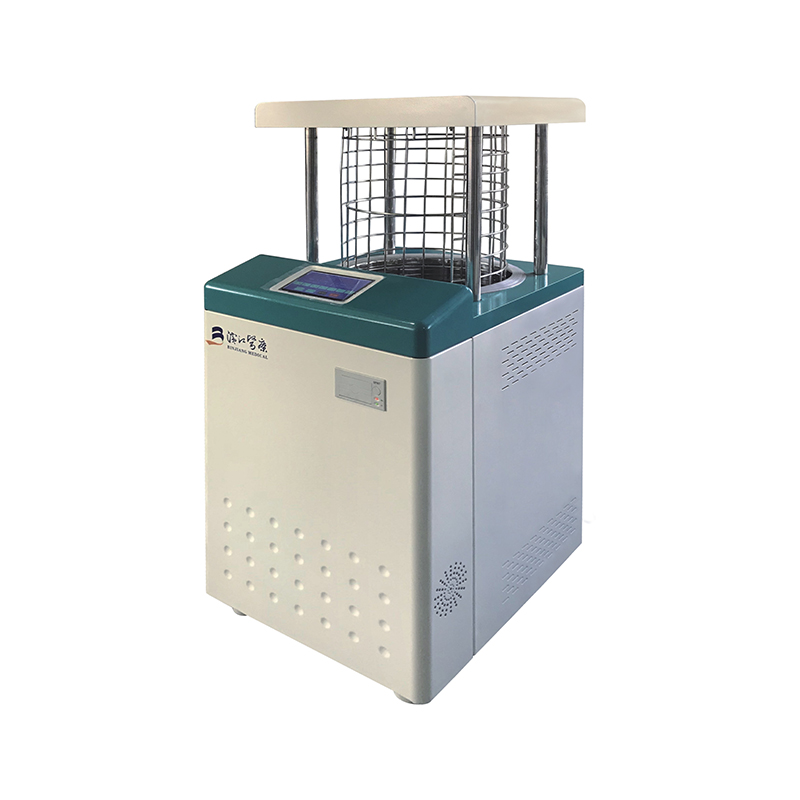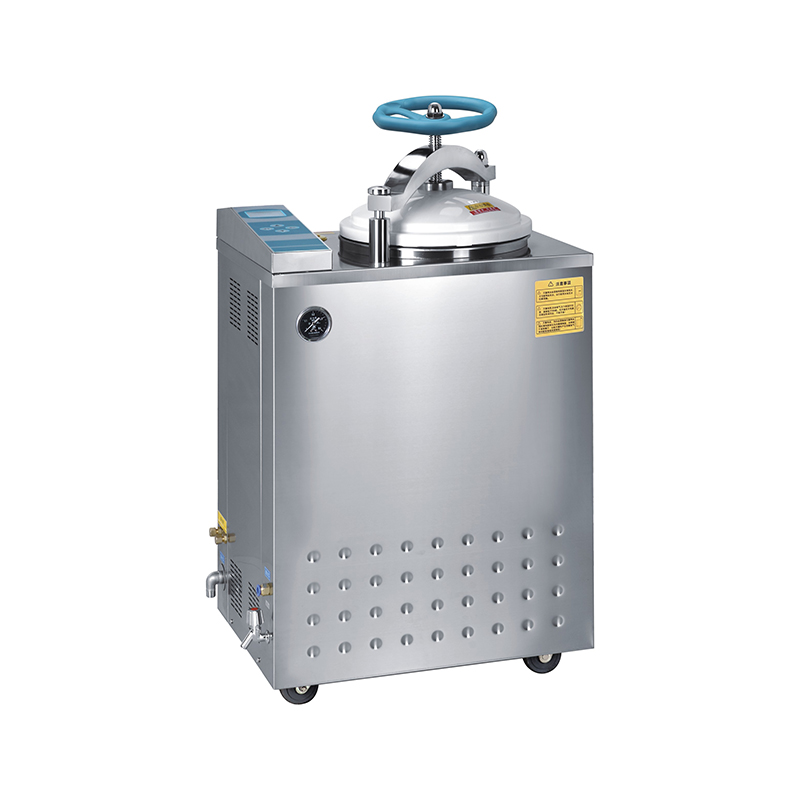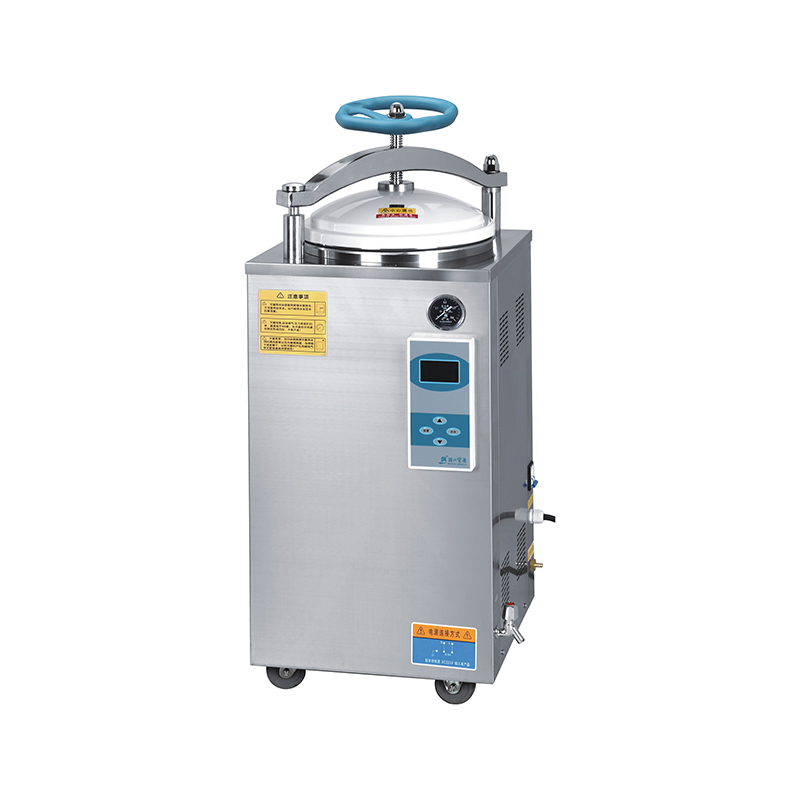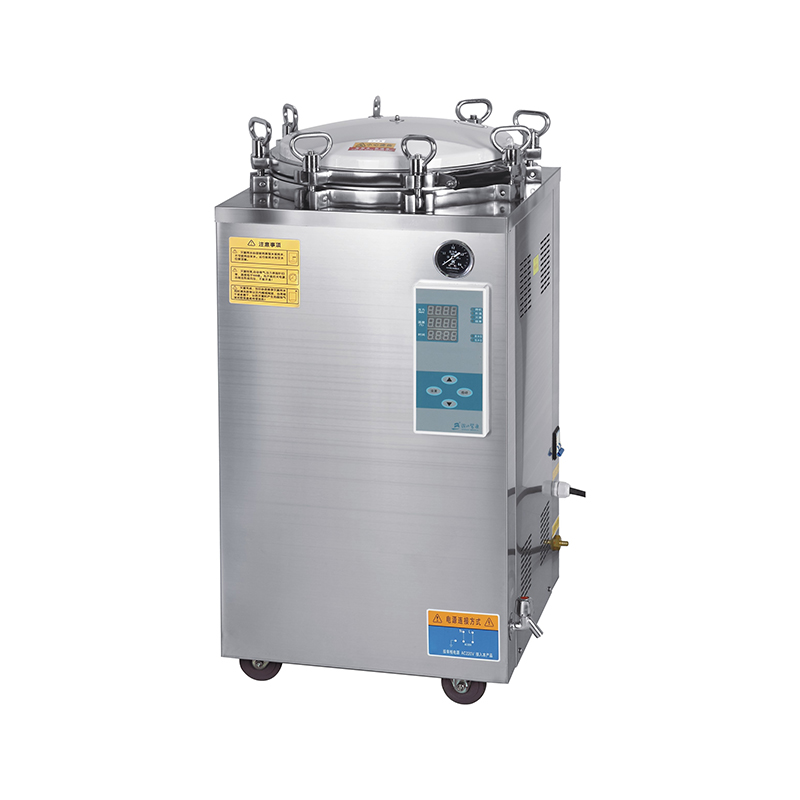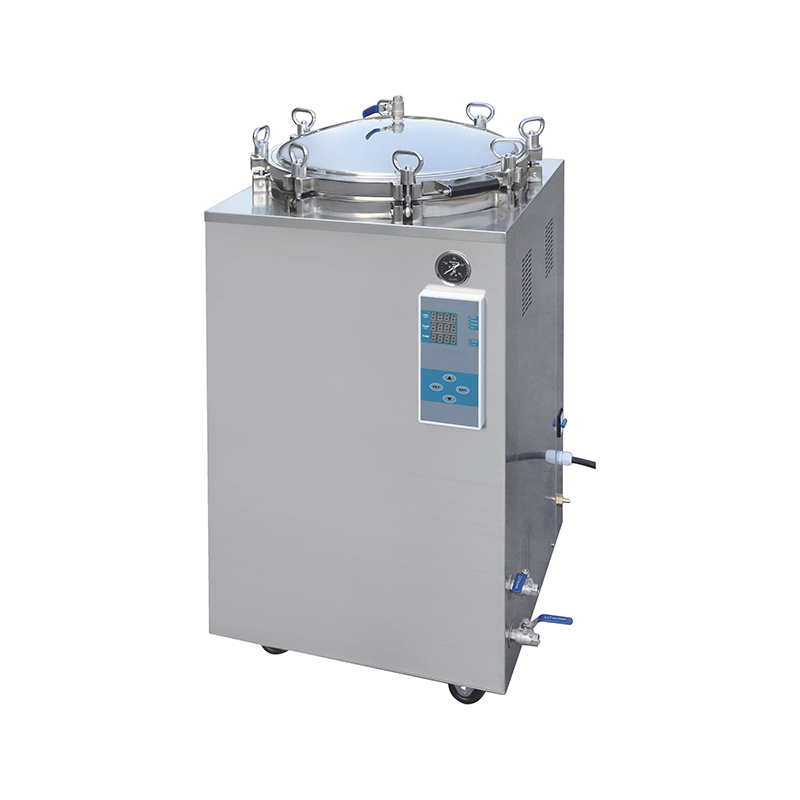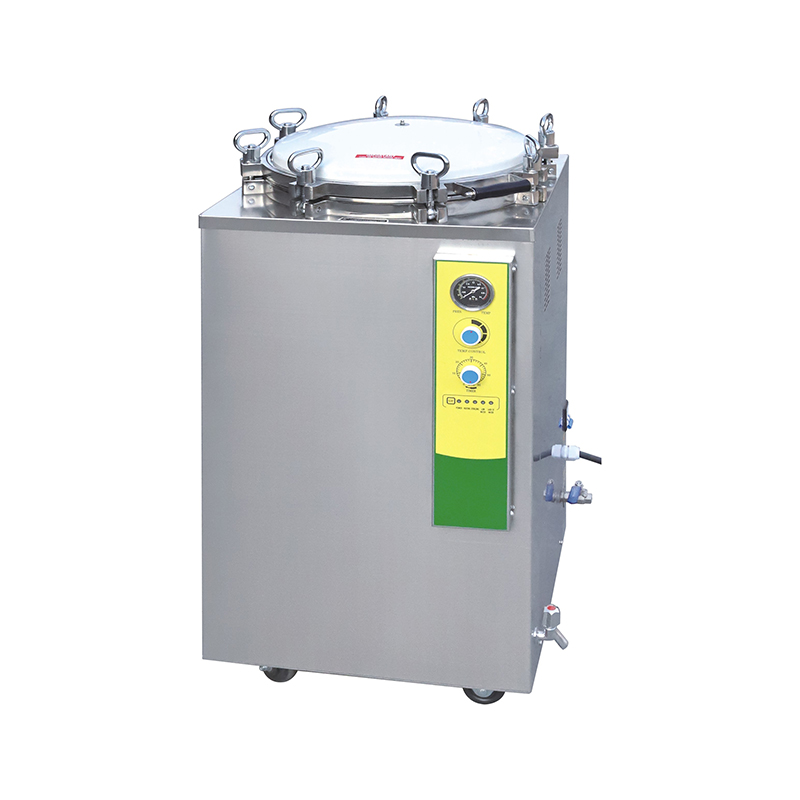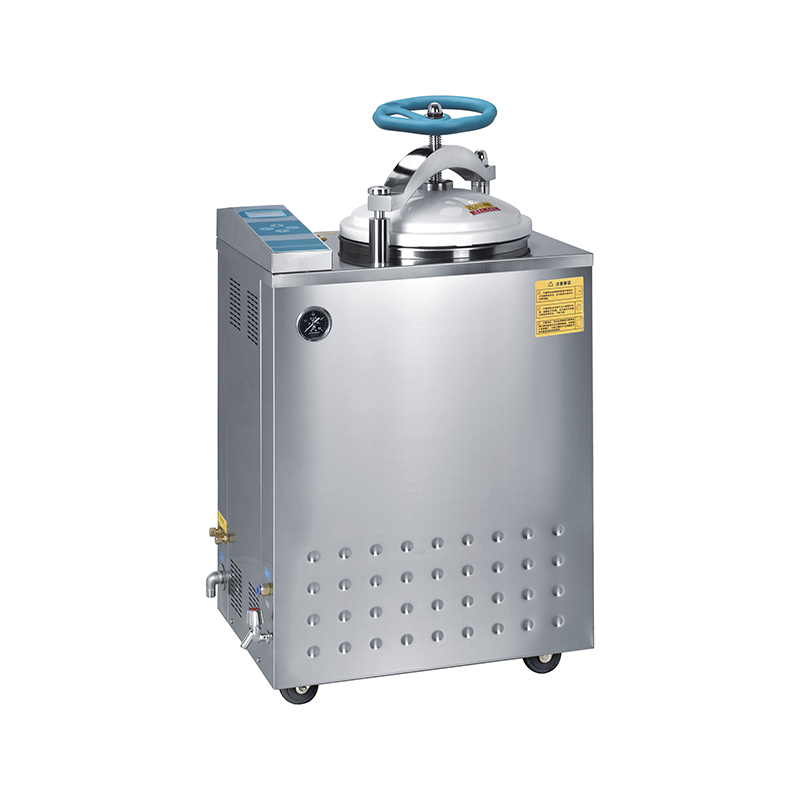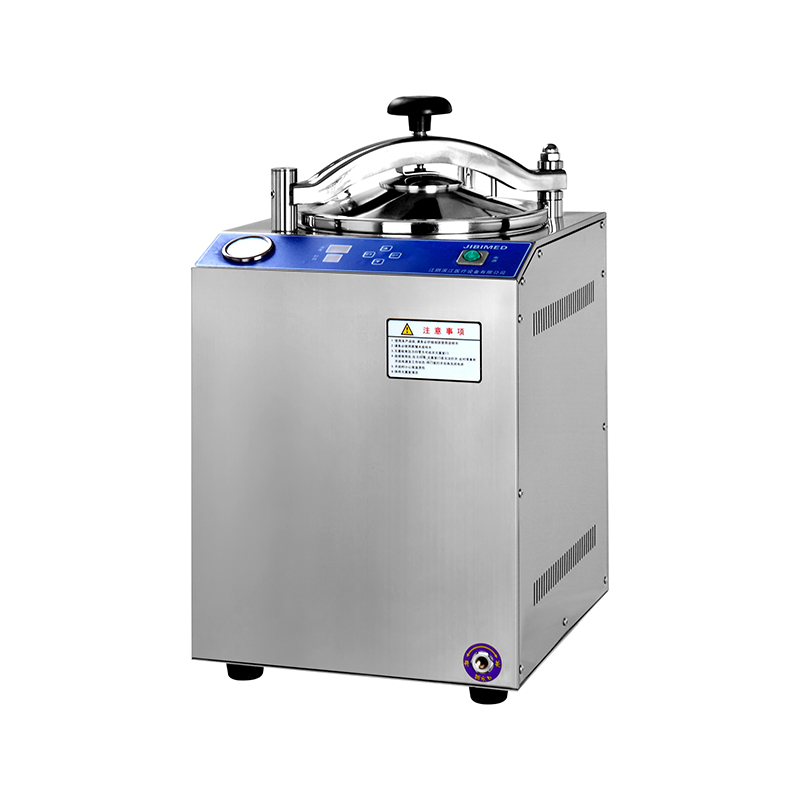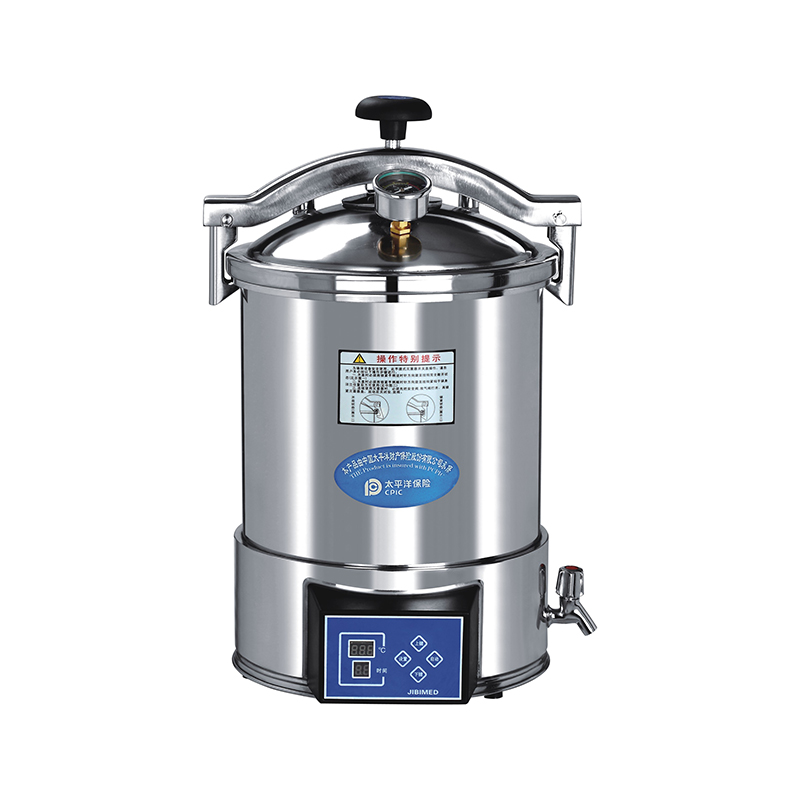Disinfection at the Molecular Level: The Science Behind Space Sterilizers
Posted by Admin | 21 Aug
Disinfection at the Molecular Level: What “Space Sterilizers” Really Do
Space sterilizers aim to neutralize microbes not just by heating or wiping, but by disrupting their molecules—DNA/RNA, proteins, lipids, and cell walls—so replication becomes impossible. Whether protecting clean rooms for satellite assembly, controlling bioburden on spacecraft hardware, or safeguarding closed habitats, the common thread is molecular damage delivered efficiently and verifiably within strict material and mission constraints.
Core Molecular Mechanisms of Inactivation
DNA/RNA Lesions and Strand Breaks
Ultraviolet-C (UVC, ~200–280 nm) creates pyrimidine dimers in nucleic acids, blocking transcription and replication. Ionizing radiation (e.g., gamma, e-beam) induces single- and double-strand breaks and reactive oxygen species (ROS), leading to lethal genomic fragmentation. Chemical oxidants (e.g., hydrogen peroxide) generate hydroxyl radicals that attack bases and sugar backbones.
Protein Denaturation and Enzyme Inactivation
Heat and plasma break noncovalent bonds, unfold proteins, and disrupt active sites. Oxidants modify amino acid side chains (e.g., methionine sulfoxidation), collapsing metabolic pathways. This removes repair capacity, compounding nucleic acid damage.
Membrane and Envelope Disruption
Plasma species (O, OH, O3) and ozone peroxidize lipids, increasing permeability and causing leakage. UVC also damages membrane proteins and pore-forming components. For enveloped viruses, lipid envelope oxidation is a rapid kill step; for spores, cortex and coat layers require higher doses or combined modalities.
Surface Chemistry and Biofilm Penetration
Biofilms shield cells with extracellular polymeric substances. Low-pressure plasma and vapor-phase oxidants diffuse and chemically cleave polysaccharides, opening pathways for radicals and photons. Mechanical agitation or acoustic energy can synergize by disrupting microenvironments that limit agent access.
Primary Technologies Used in Space Sterilization
Space programs select modalities that balance efficacy, material compatibility, geometry, and mission risk. Here’s how leading options work at the molecular scale.
Dry Heat Microbial Reduction (DHMR)
Applied at 110–125 °C for hours, DHMR denatures proteins and accelerates hydrolysis of nucleic acids. It is clean (no residues) and penetrative but may stress polymers, adhesives, and electronics. It remains a benchmark for planetary protection on robust hardware.
Hydrogen Peroxide Vapor (HPV/H2O2 Vapor) and Vaporized Hydrogen Peroxide (VHP)
H2O2 decomposes to ROS that oxidize thiols, methionine, and nucleic acids. As a vapor, it reaches crevices without wetting, then decomposes to water and oxygen. Material compatibility is generally good, but poorly vented cavities can trap condensate; catalase-positive residues can quench efficacy.
Low-Pressure Cold Plasma
Generated from gases like O2, N2, Ar, or air, plasma provides radicals, ions, UV photons, and transient electric fields. It etches organic films, breaks covalent bonds, and sterilizes at low bulk temperatures—ideal for heat-sensitive components. Care is needed to avoid over-etching polymers or inducing surface embrittlement.
Ultraviolet-C (UVC) and Far-UVC
UVC LEDs or excimer lamps target nucleic acids and proteins through photochemical reactions. Effectiveness depends on dose (fluence), angle, shadows, and reflectivity. Far-UVC (~222 nm) is useful for air and open surfaces but has shallow penetration, making shadow management vital.
Ozone and Advanced Oxidation
Ozone reacts with double bonds in lipids and polymers, generating secondary radicals. Combined with UV or H2O2 (peroxone), it forms hydroxyl radicals for rapid kill. Post-process aeration is essential to protect sensitive metals and elastomers.
Ionizing Radiation (Gamma, E-beam)
Deep-penetration sterilization via direct DNA breaks and ROS formation. While powerful, radiation can induce polymer crosslinking or chain scission and affect semiconductor performance; it is typically reserved for pre-qualified parts and sealed assemblies.
Selecting a Sterilization Strategy for Space Hardware
Choosing “how to sterilize” means matching bioburden targets, material constraints, and geometry with the right molecular attack. The table below maps common goals and constraints to suitable modalities.
| Scenario | Primary Mechanism | Recommended Modality | Notes |
| Heat-tolerant assemblies | Protein denaturation, nucleic acid hydrolysis | DHMR | Simple, residue-free; watch adhesives and CTE mismatch |
| Complex geometries with crevices | ROS diffusion and oxidation | VHP/HPV | Validate vapor distribution; monitor condensation |
| Heat-sensitive polymers and optics | Radical attack, gentle UV, low thermal load | Cold plasma | Assess surface etch rate; masking may be required |
| Open surfaces and air handling | Photodamage to nucleic acids | UVC / Far-UVC | Shadow control, reflective chamber surfaces help |
| Biofilm-prone hardware | EPS oxidation and bond cleavage | Plasma + VHP | Use staged approach: roughen → oxidize → aerate |
| Sealed, radiation-qualified items | DSBs and ROS cascades | Gamma / E-beam | Dose mapping and polymer aging assessments required |
Dose, Kinetics, and Verification in Practice
Sterilization is a probabilistic process. Engineers target log reductions (e.g., 6-log for sterilization, 3–4-log for disinfection) based on bioburden and risk. Dose combines intensity and time: fluence for UVC (mJ/cm²), concentration-time (Ct) for oxidants, temperature-time for DHMR, and Gray (Gy) for ionizing radiation.
- D-value: exposure time or dose for 1-log (90%) reduction of a target organism.
- Z-value: change in temperature required to shift D by 10× (for heat processes).
- Biological indicators (BIs): resistant spores (e.g., Geobacillus) used to validate minimum lethality.
- Chemical indicators: colorimetric tags that confirm exposure but not kill.
- Process challenge devices: fixtures that simulate worst-case shadowing or occlusion.
Verification blends modeling with empirical mapping: dosimeters and radiometers for radiation and UVC, peroxide sensors and humidity/temperature logs for VHP, and embedded thermocouples for DHMR. Acceptance hinges on meeting required sterility assurance level (SAL), often 10-6 for high-criticality components.
Material Compatibility and Risk Controls
At molecular scale, the same reactions that kill microbes can degrade flight hardware. A compatibility matrix and controlled exposures prevent surprises during qualification.
- Polymers: watch for chain scission (radiation), oxidation (ozone/peroxide), and embrittlement (plasma etch).
- Metals: ozone and peroxide can pit copper and silver; passivation and post-aeration reduce risk.
- Optics: UVC can haze coatings; use masks and verify spectral stability.
- Electronics: DHMR can shift solder joints; radiation can alter threshold voltages—test worst-case lots.
- Adhesives and potting: prolonged heat or oxidants can lower bond strength; coupon testing is essential.
Designing Hardware for Sterilizability
Engineering for molecular-level disinfection begins at CAD. Reducing shadowing and enabling agent access simplifies validation and improves margins.
- Favor smooth, cleanable surfaces; minimize blind holes and capillaries that trap residues.
- Select materials qualified for your modality; build in radiation or heat headroom.
- Incorporate removable covers/masks for sensitive parts to streamline mixed-modality workflows.
- Add test coupons and dosimeter ports to assemblies for rapid, representative validation.
- Plan for aeration or off-gassing windows in schedule to protect delicate finishes.
Operational Playbooks: Closed Habitats and Clean Rooms
Space sterilizers also sustain low-burden environments where humans live or instruments are integrated. Molecular control focuses on air, surfaces, and water loops.
Air
Far-UVC in ducts, HEPA/ULPA filtration, and periodic ozone shock (followed by catalysis) reduce airborne microbes. Plasma or photocatalysis modules add ROS for on-the-fly oxidation.
Surfaces
Scheduled VHP cycles and mobile UVC arrays address high-touch zones. Material tagging and reflection mapping ensure dose uniformity despite clutter and shadowing.
Water
UV reactors, silver ion dosing within limits, and periodic peroxide flushing disrupt biofilms in closed-loop plumbing without leaving harmful residues.
Measurement-Driven Optimization
Quantitative control turns molecular science into reliable operations. Establish KPIs and iterate using field data.
- Fluence maps for UVC; target worst-case zones until minimum dose exceeds D-value margin.
- Peroxide concentration-time integrals (Ct) with humidity control for consistent ROS yield.
- Plasma power-density and gas chemistry tuning to balance etch rate and material safety.
- Routine BI placement rotation and trending to detect drift in system performance.
Key Takeaways and Practical Steps
Effective “space sterilizers” operate by inflicting targeted molecular damage while preserving mission hardware. Start with a risk-based SAL, select modalities that fit materials and geometry, design for access and measurement, and validate with dose mapping and indicators. Combining modalities often yields the best bioburden reduction with manageable material risk.
- Define organisms of concern and set D/SAL targets.
- Pilot on coupons; perform compatibility and aging tests.
- Map dose and confirm with BIs before flight hardware runs.
- Document process windows and establish drift monitoring.


 English
English русский
русский Français
Français Español
Español bahasa Indonesia
bahasa Indonesia Deutsch
Deutsch عربى
عربى 中文简体
中文简体


